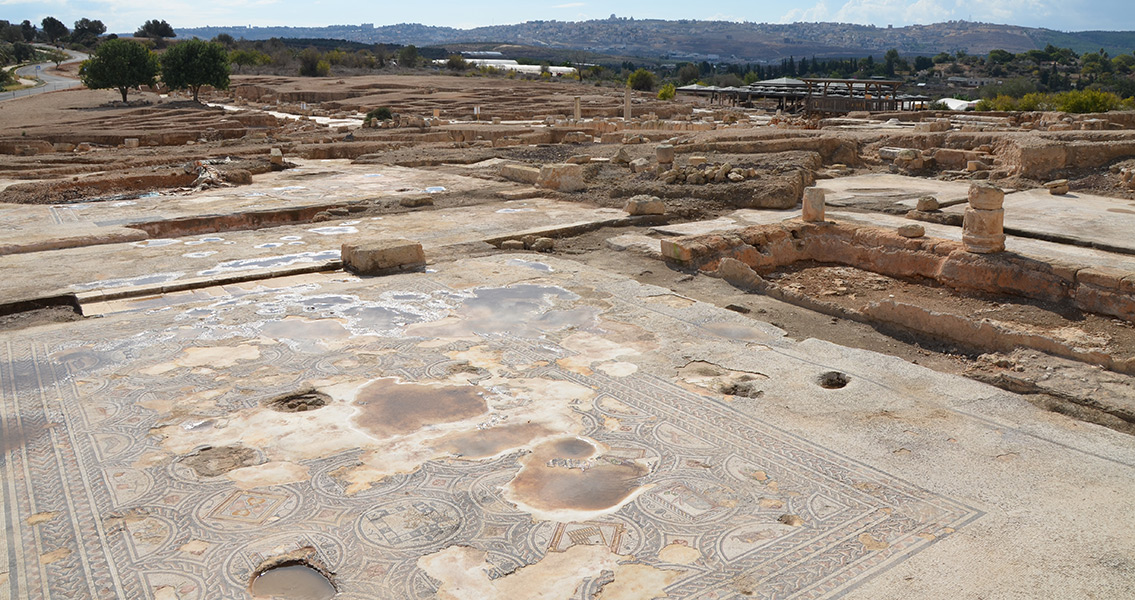<![CDATA[In an ancient cemetery, archaeologists have discovered 1,700-year-old inscribed stones which may have served as the markers for the burial spot of elite rabbis. The burial grounds in Zippori National Park in Israel were used from the second century until the fourth century CE. Once the Jewish capital of Galilee, Zippori (also called Sepphoris) has been the site of an archaeological survey conducted by the Kinneret Institute for Galilean Archaeology for the last three years. Several weeks ago, the archaeologists were approached by locals and told about the place where inscribed stones had been seen. The investigation quickly led the researchers to the location of the three inscriptions - which were written on stone lintels that typically marked a graves entrance. One of the inscriptions was in Greek while the other two were written in Aramaic. Motti Aviam, an archaeologist with the Kinneret Institute told Live Science "Everyone who stood in front of the tombs would have been able to read it." Inscriptions like these are rare finds in Israel, because they’re typically found on the mosaic floors of churches and synagogues, making the discovery of three in one day not only surprising but historically valuable. Researchers have also discovered ossuaries, sarcophagi and a variety of burial chambers inside the boundaries of the park and the village, which also contains mosaic floors, ancient streets and a theater (roman-style). By simply hiking through the area, peering under bushes and down holes in the ground the team has been able to mark hundreds of ancient tombs visible on the surface. Excavating them is something altogether different and difficult given the protests of religious groups who insist the ancient tombs be left undisturbed. According to an announcement from the Israel Antiquities Authority, the name "Jose" is mentioned in the Greek inscription and the Aramaic inscriptions both claim they’re markers for a rabbi’s burial place. Although it’s uncertain whether 1,700 years ago the title of Rabbi held the same meaning as it does today, rabbis were without a doubt religious and social leaders during this time. Case in point; Rabbi Yehudah, a famous resident in Zippori during the second century who compiled the written version of spoken Jewish law, the Mishnah. The Israel Antiquities Authority will continue to store the stone artifacts while experts in Greek and Aramaic attempt to identify words which are unclear – including the rabbi’s names. At this time the words “from Tiberias” are the only decipherable words on one of the stones, perhaps identifying the home of the person who was buried there. Tiberias is another city found in Galilee which eventually became far more politically important than Zippori. The other grave marker is inscribed with the epitaph "le-olam", which in Aramaic means "forever". This word held a special significance within the ancient world when you consider the practice at this time of people taking ownership of ancient tombs and reusing them. Consequently, the term “le-olam” would have been used to send the message that the person buried here did not want his resting place interrupted – they wanted to be there forever. Image courtesy of Wikimedia Commons user: Carole Raddato ]]>
Stones in Galilee Could Mark Ancient Rabbis “Forever”
